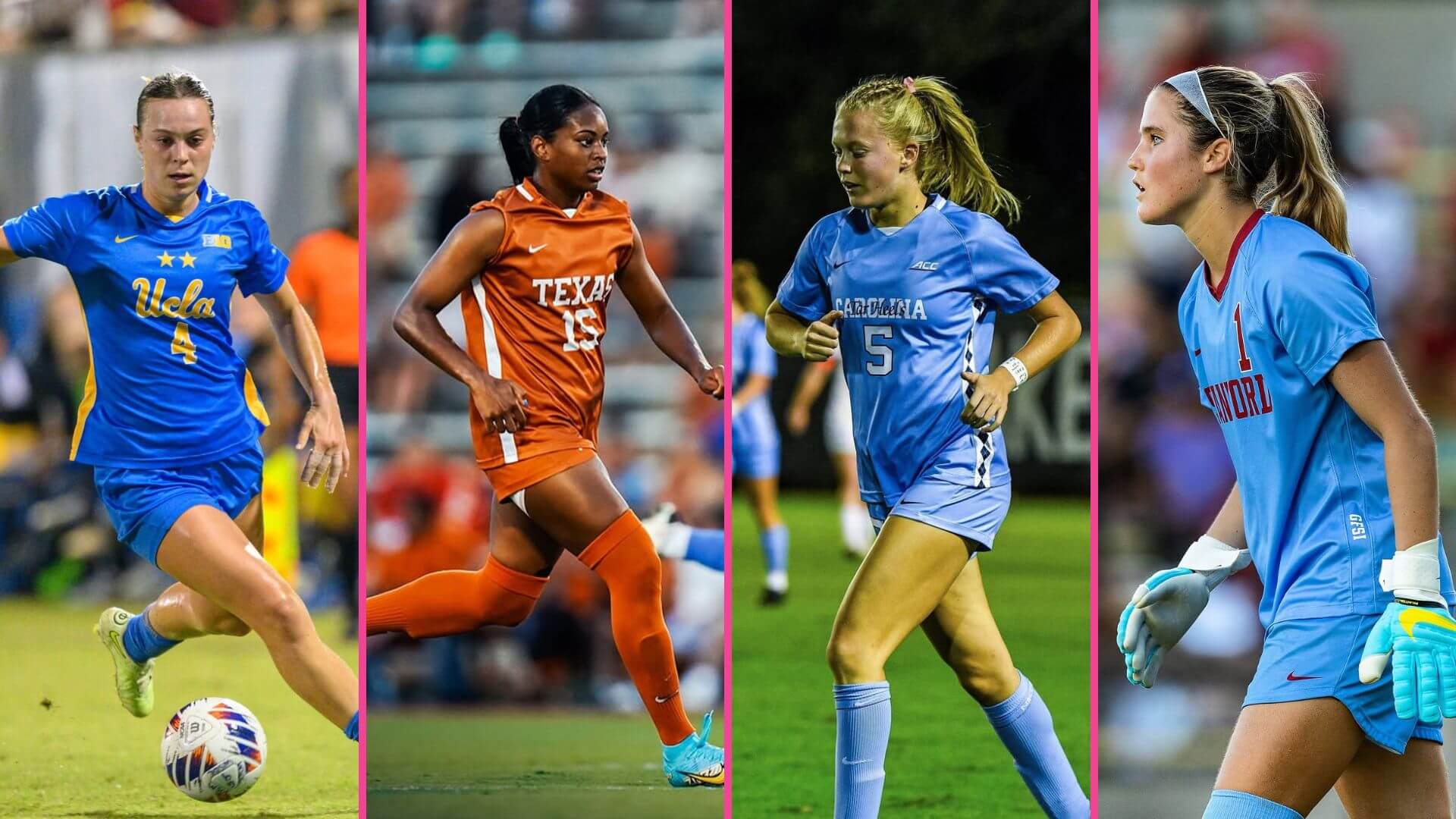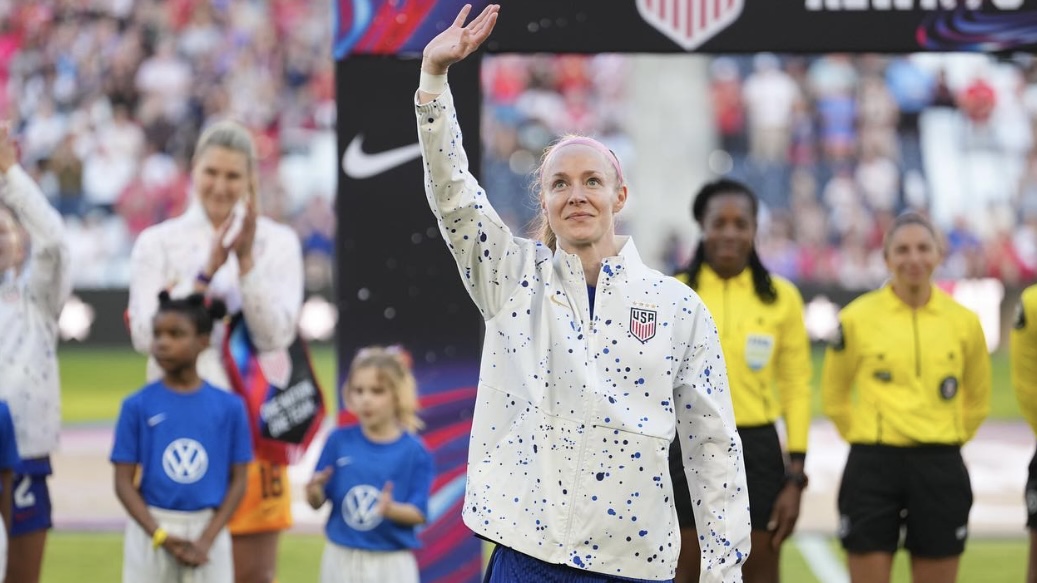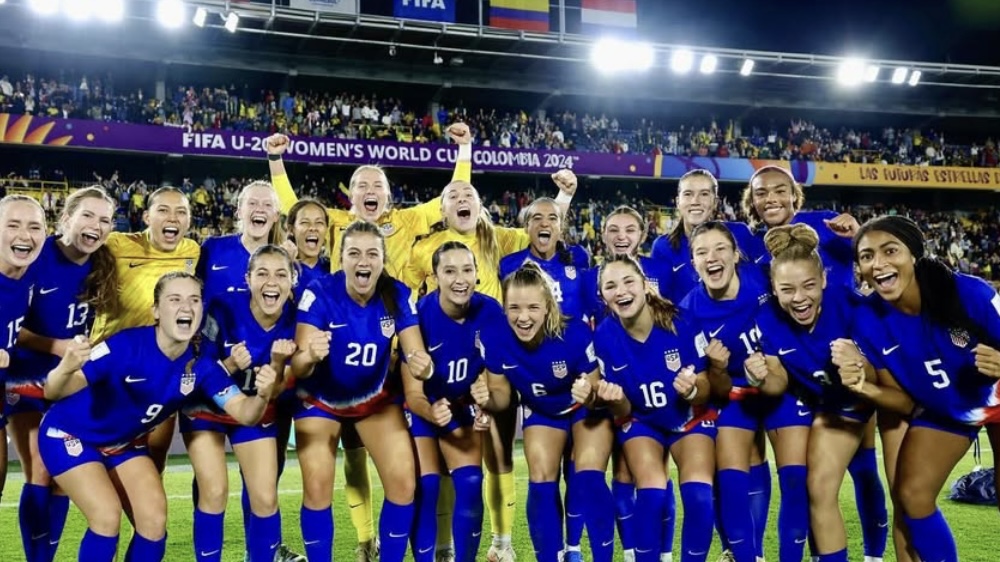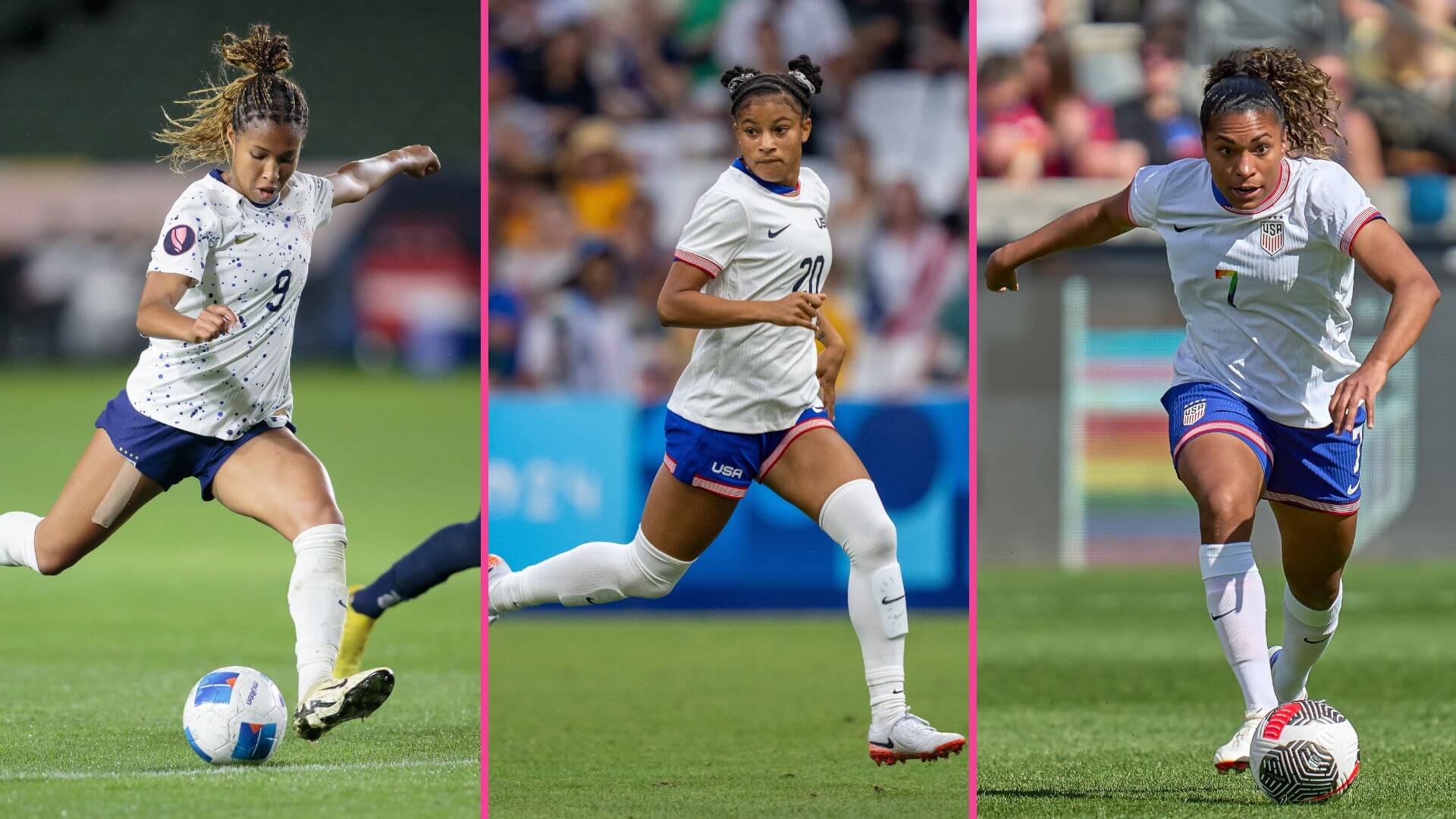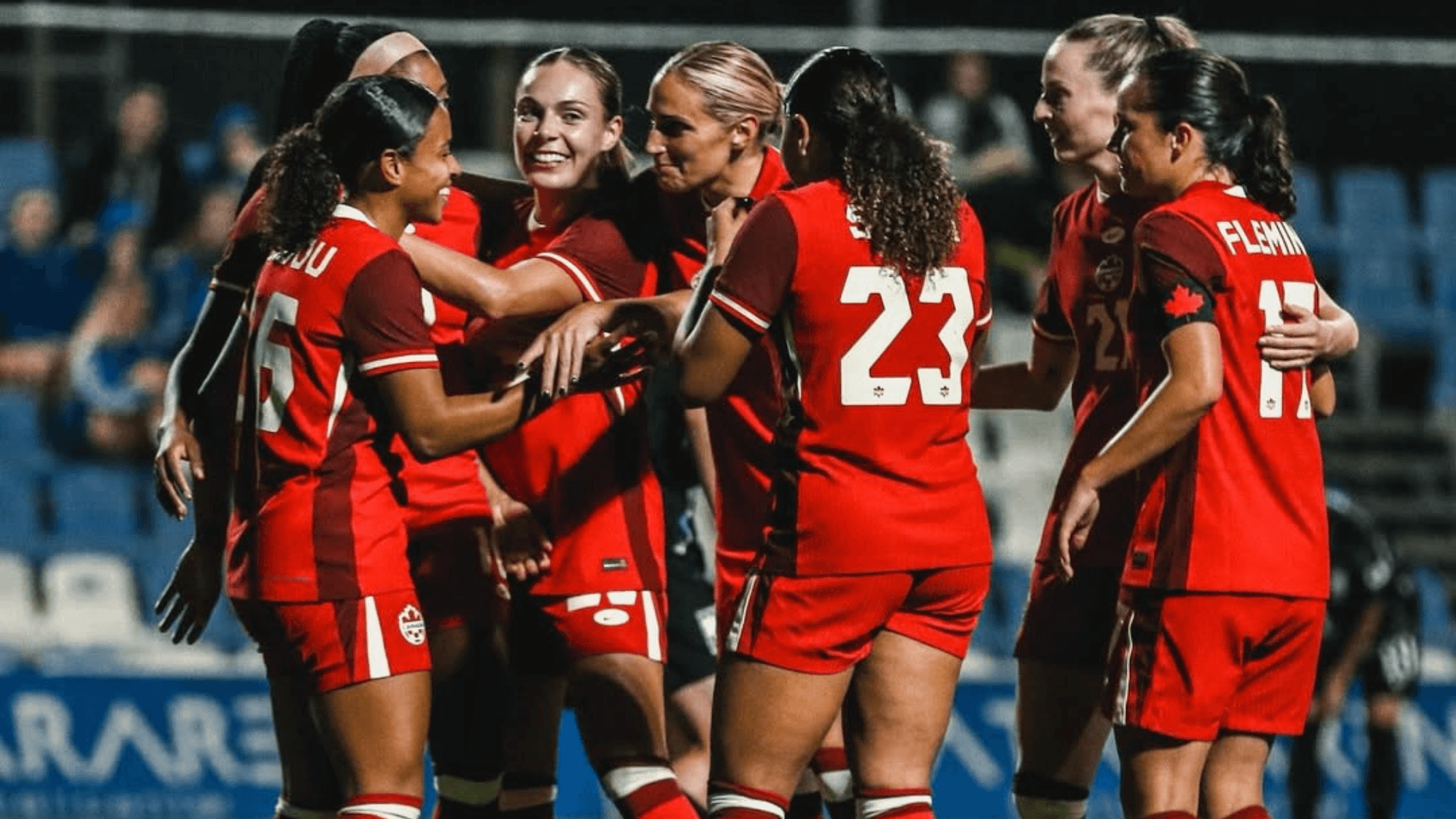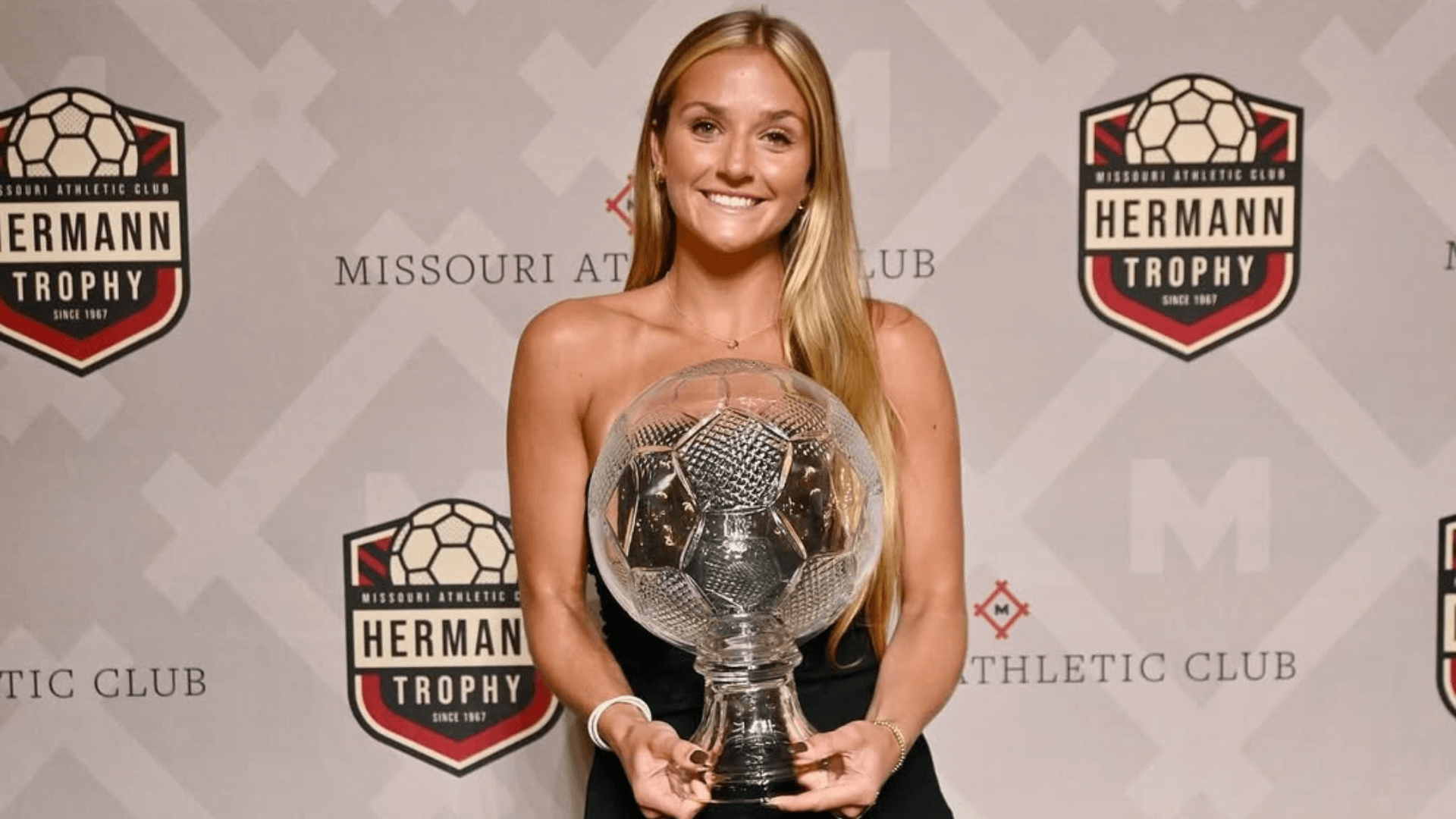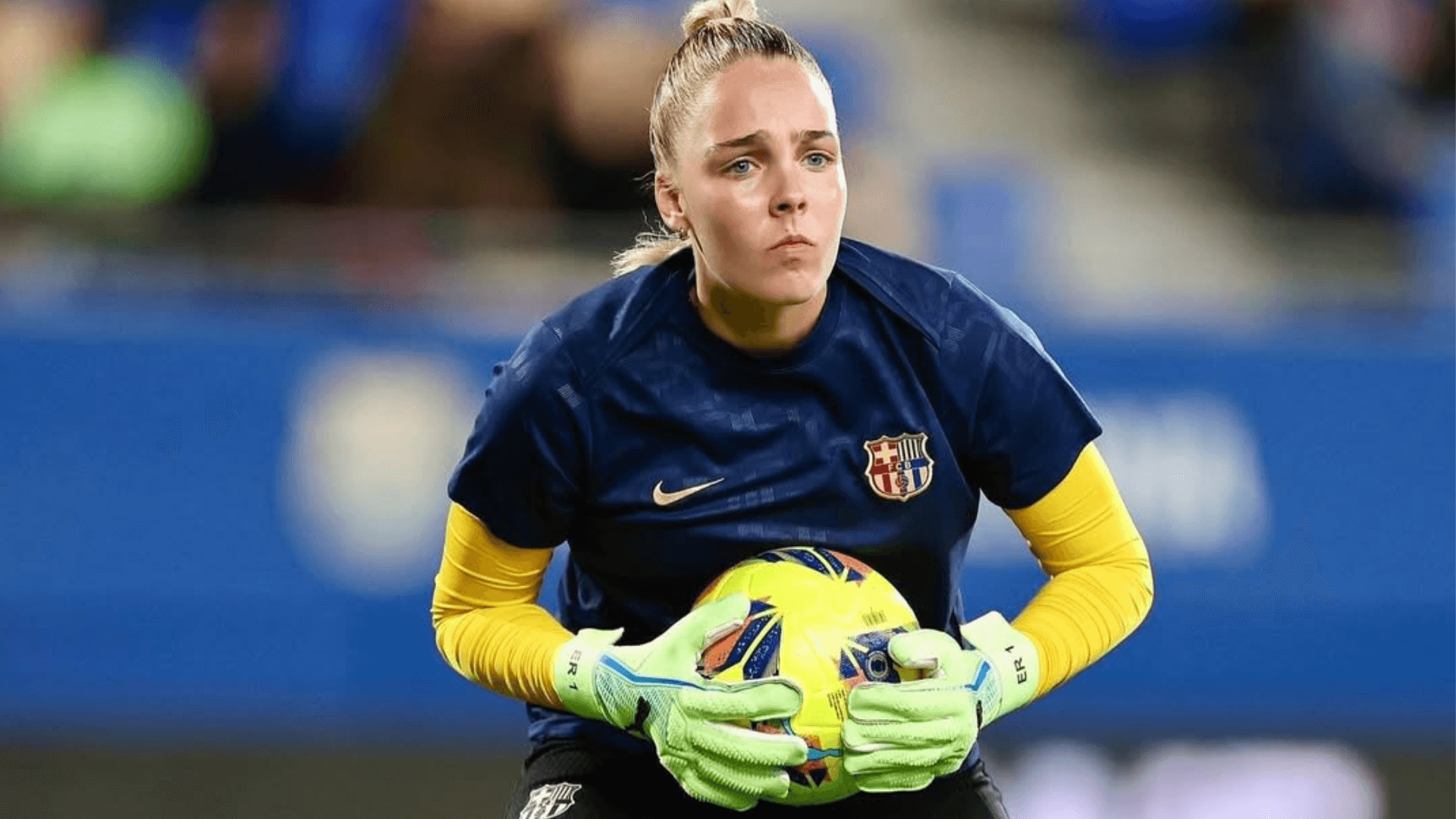How Women’s Pro Soccer Leagues Pay Players
Women’s pro soccer leagues, no matter where in the world you look, do not pay women as much as their male counterparts. It’s an issue that these leagues need to fix. While we have come a long way, pay still isn’t to the spot it should be.
The issue of pay is one of the biggest discussions in the world of women’s soccer lately, and rightfully so. The debate on equal pay for athletes is huge, especially with the USWNT looking to win their own equal pay battle with U.S. Soccer and the HBO documentary, LFG, surrounding the fight.
Women’s pro soccer is gaining so much attention and popularity, and it’s time that the athletes get the pay they deserve. Here’s a look at some of the pay in the NWSL, WSL, and W-League.
NWSL
Professional athletes, regardless of gender, shouldn't have to work 2, 3, and 4 jobs to support themselves.
The NWSLPA is proud to announce the launch of https://t.co/l6VTKJg7r2! Join us in taking action in the fight for #EqualPay, #FairPay & #NoMoreSideHustles pic.twitter.com/UWjVelV7JJ
— NWSLPA (@nwsl_players) July 22, 2021
NWSL salaries are woefully bad, if we’re honest, and they’ve become more of a talking point since the NWSL Players Association started their #NoMoreSideHustles campaign. It’s a campaign that brings awareness to the struggle that most players face: working multiple jobs to make ends meet, on top of being a professional player.
While the league is improving with allocation money and the salary increases, it still isn’t enough. The NWSLPA reports that more than ⅓ of their members make the league minimum, while 75% of them make $31,000 or less.
When the NWSL started in 2013, the league minimum was $6,000, while the maximum was just $30,000. Those numbers increased each year, leading the league to a minimum of $22,000 and a maximum of $52,500 during the 2021 season.
FA WSL
The FA WSL has been thriving and attracting top talent recently, like Sam Kerr. Yet, the pay is still behind in England as well. Kerr is an outlier; her deal worth an estimated $2 million with Chelsea is rare, with most players earning nowhere near that amount.
In an article published by Sports Illustrated in 2019, the highest-paid player in England was believed to have earned $157,000.
In 2020, according to The Guardian, the maximum earnings were £200,000 a year while the minimum was set at just £20,000.
W-League
Plans for an independent W-League
• Equal pay
• Long term: 16 teams
• Salary cap lifted to 450,000 this season
• A-League clubs to have W-League counterpart
• Season length will gradually expand to 30 rds
• Possible national academy draftMore: https://t.co/Vw3TcLNynK pic.twitter.com/xJzEiSgbFs
— A-League Hub (@AleagueHub) October 14, 2019
In 2020, Football Federation Australia adopted a policy and mentality around the idea, “one club, one sport.” It means that the W-League and A-League will be conducted in the same way in many different aspects, like the scheduling and the marketing efforts. But also that it will continue to promise to make sure that W-League players will earn the same minimum hourly wage as the men in the A-League.
Although that is a good starting point, the women are still earning far less than what they deserve and less than their male counterparts. In 2019, the minimum salary was raised to $16,344. The league committed to raising the salary gradually each season.
As women’s soccer gains in popularity worldwide, it’s great that these leagues are increasing players’ salaries and allocation money. Yet, the disparity between women’s and men’s pay is still frustrating. These wages speak for themselves. Women’s soccer is making leaps and bounds, but the leagues still do not fairly compensate players. To continue to retain and attract talent, leagues worldwide need to pay these women what they deserve.
Featured image via @ChelseaFCW on Twitter
_
GIRLS SOCCER NETWORK: YOUR SOURCE FOR GIRLS SOCCER NEWS





